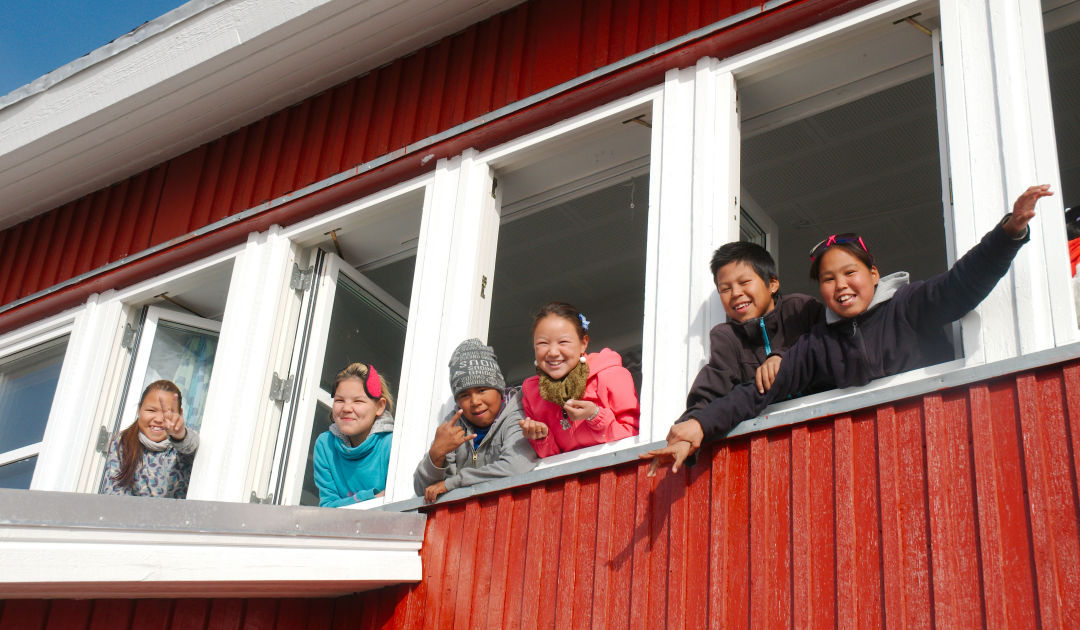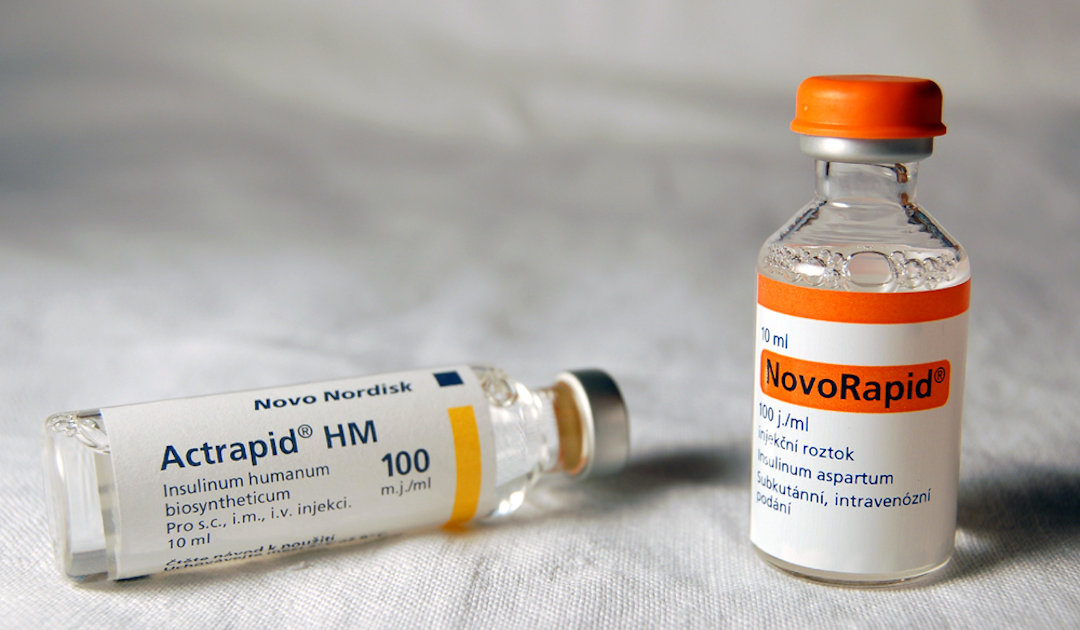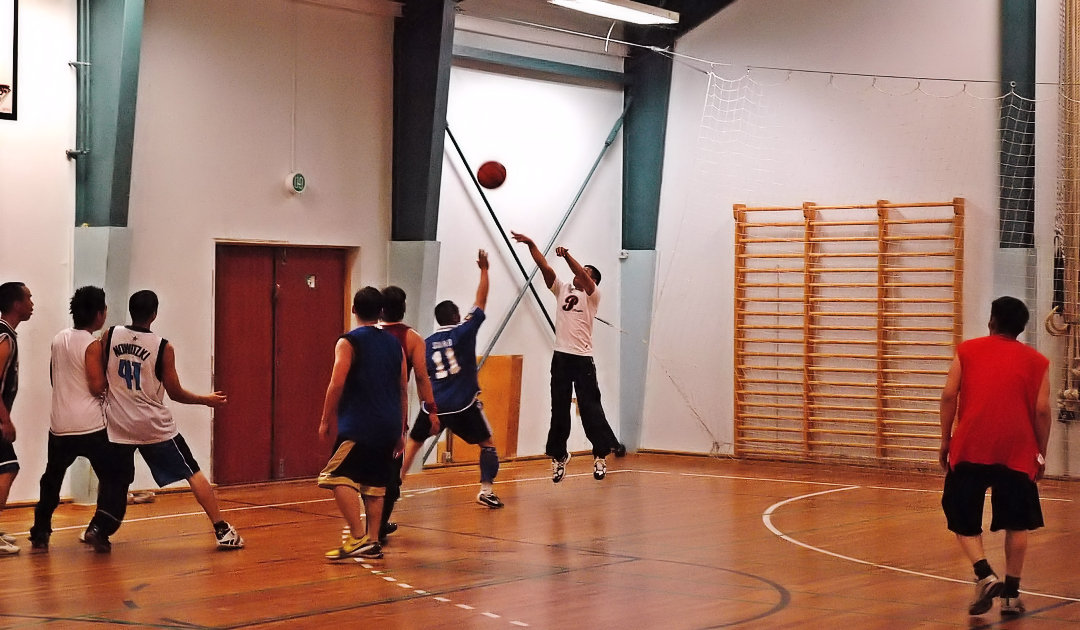
Diabetes is one of the most frequently diagnosed diseases in industrial nations. Around 61 million people in Europe alone suffer from one of the various forms of diabetes, resulting in healthcare costs of almost 180 billion euros annually. The disease is also rampant in Arctic regions such as Greenland. But a new study has shown that a particular form of the disease is much more common on the island than in the rest of Europe and is easier to treat.
A mutation in a gene that plays a major role in the particular form of diabetes known as MODY (Maturity-onset diabetes of the Young) is unique to diabetics in Greenland and ensures that the MODY form of diabetes is more common in Greenland than in the rest of Europe. That’s the finding of a study published last week in the journal The Lancet Regional Health. “We show that close to 1 in 5 cases of diabetes (18%) in Greenland are associated with high-impact genetic variants compared to 1–3% in large populations,” the authors write in their paper.

The genetic variation alone accounts for about seven percent of all nearly 1,500 known diabetes patients in Greenland, according to the research team. The fact that this genetic change occurs only in Greenland makes the study results all the more valuable. “Discoveries like these, which was made possible thanks to a generous collaboration with the Greenlandic people, help us better understand the complexity of diabetes,” says Professor Torben Hansen of the Novo Nordisk Foundation Center (NNFC) for Basic Metabolic Research at the University of Copenhagen and co-leader of the study. With the results of the study, researchers can now find out more about this particular but lesser-known form of diabetes. This is because MODY is often confused with the more common forms of diabetes, namely type 1 and type 2, and treated accordingly with little efficacy. Instead of insulin injections, as in the treatment of type 1 diabetes, or complete lifestyle changes to treat type 2 diabetes, tablet-based treatment is all that is needed with this fomr of MODY.

This is good news, explains Marit Eika Jørgensen from Steno Diabetes Center SDC in Greenland. “MODY can be treated with a simple and cheap tablet treatment and avoid insulin and other more complex forms of diabetes treatment.” Since this form of MODY is hereditary, family members can now also be tested for this form of diabetes and thus also be detected early. “We now offer genetic testing for MODY to all our patients with diabetes, and when we find people with HNF1A-MODY, we systematically offer that family members are also tested,” Jørgensen further explained. This will also allow better and more accurate individual treatments, which will also have an impact on costs. According to the SDC, the number of diabetes cases in Greenland will almost double by 2030, while the total population will stagnate. This would mean that the percentage of diabetes in the population would de facto reach the same level as in Switzerland, for example (approx. 6 percent). However, if a substantial portion of this will fall on the Greenland MODY form, at least the health care cost share would be lower due to lower cost treatments. But to prevent it from getting to that point in the first place, the experts recommend that the Greenlandic population do even more exercise and sports in the future, just as it is recommended in other countries such as ours.
Dr Michael Wenger, PolarJournal
BOX: Diabetes forms
Type 1 diabetes is an underfunction of the pancreas. As a result, the body produces too little insulin, which is necessary for the breakdown of sugar in the blood. Reduction of sugary foods and injection of insulin is the common treatment method. Due to the cost of insulin production and the cooling chain that must be maintained, treatment is complex and costly. This type often first appears in childhood and remains throughout life.
Type 2 diabetes is an intolerance of insulin, often accompanied by reduced production of insulin. It is the most common form of diabetes, accounting for about 90 percent of all cases and primarily affecting adults. It can only be treated by lifestyle changes (more exercise, diet, reduction of body fat, stress reduction). This is also associated with higher costs
Gestational diabetes is a usually temporary form of diabetes that occurs due to a glucose tolerance disorder. A change in diet and regular exercise are the common methods of treatment. Normally, it subsides after the end of pregnancy.
MODY diabetes is the most common form of monogenetic variants and are mutations in single genes related to insulin production. When diagnosed at a young age, it is often mistaken for type 1 diabetes, and at older ages for type 2. In total, there are 14 known forms of MODY. Forms of treatment vary accordingly.
More on the topic






A very interesting article DR. Wenger and very interesting to read about the treatment to avoid insulin requirement too. As someone with an interest in diabetes (and healthcare generally) it never surprises how new mutations, such as MODY, can ‘appear’ or have been around for some time.